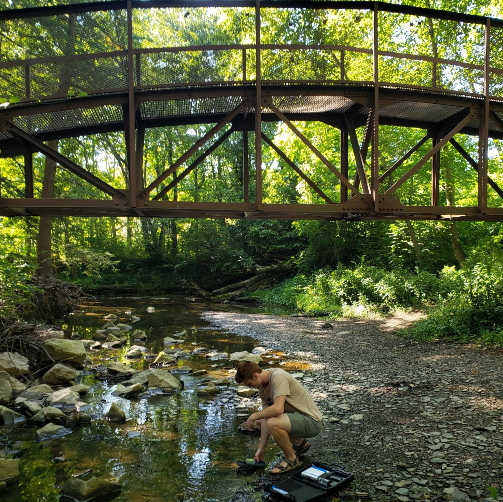


Do You Think the Wind is Angry?
Poem By Charity Gilbert
I did not think the wind was angry,
I took her as a child, running up the hillside.
A wild one, full of life.
Now that I am grown,
She too has grown.
No longer a young girl, energetic and playful,
Now she screams like a hawk soaring over the land.
She is not silent.
She will not take the abuse.
She will fight for the land.
She will scream,
Tearing through the trees just as you have done.
She knows her voice will be heard,
Her presence will be felt.
You will try to ignore, but she will howl through the air and pierce through to your heart until you understand just what you have done.
She is beautiful and strong and tumultuous and terrified.
I know the wind because I am the wind.
So tell me, do you think the wind is angry?

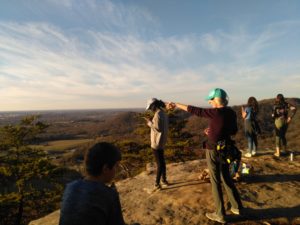
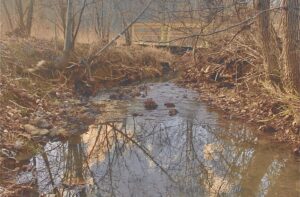
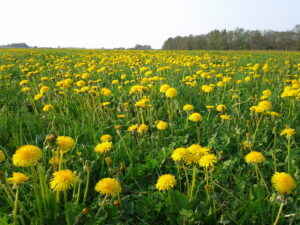
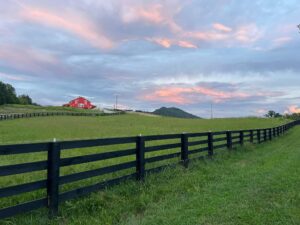
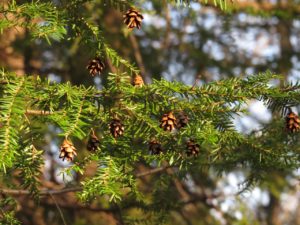

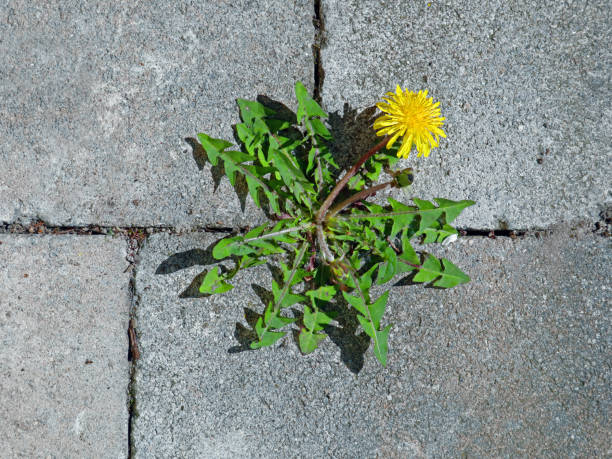
Meet the Weeds — Dandelion
by Abigail Kingston
You have probably heard of Kudzu, the invasive species that blankets huge areas of the Southeast in carpets of vines so thick they can starve even mature trees. And, at this time of year, in mid-March, you have probably noticed the hillsides of Central Kentucky coated in what looks like a blanket of snow, but is actually a monotypic horde of Callery pear trees, more commonly known as Bradford pears.
Invasive species can happen when a plant is introduced to an ecosystem it is not native to. Kudzu and Callery pear are both native to Asia, where they are valuable parts of their ecosystems—but in America, they don’t know how to behave, and they grow out of control, replacing biodiverse ecosystems with dense, homogeneous thickets where native species cannot survive.
But will an introduced species always become invasive? Is it possible for an introduced species to benefit the ecosystem?
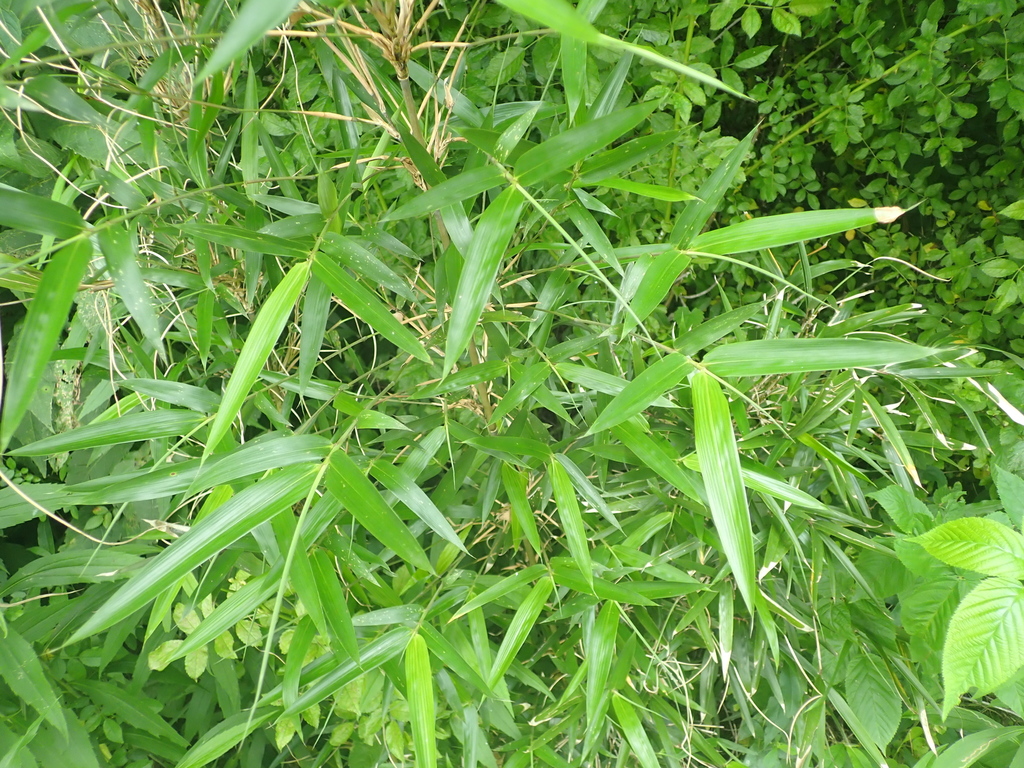
Rediscovering North America’s Lost Biome
by Abigail Kingston
It started with a few sentences in a book I was reading about the history of the Appalachian Mountains. The book briefly discussed Kentucky, before colonization, being covered with dense thickets called canebrakes, which mostly disappeared when settlers plowed and cleared the fertile bottomlands where they grew. “Cane,” the book claimed, was likely the origin of the name Kentucky—“Kain-tuck.”
“Cane” was just what the settlers called the tall, woody plant that dominated in canebrakes—the name refers to any of the three similar plant species belonging to the genus Arundinaria. In Kentucky, it was most likely A. gigantea, or giant river cane. Giant river cane has no relationship to plants like sugar cane, and are actually North America’s only native bamboo.
Bamboo? In Kentucky?
I recalled having seen some strangely bamboo-like plants in the area, including a large patch in an empty lot close to my house. My memory rushed back to several years ago, when my brother had been camping in a “bamboo forest” along a creek that bordered a farm. How strange, I had thought. Who would plant bamboo in the middle of nowhere like that?
Unless…it was native bamboo?
The next day I went out and walked to the empty lot where the plant I remembered grew. In the drainage ditch below, there was a thick, bushy mass of plants surrounding a few boxelders and willows, still green where the trees were bare. They were unmistakably bamboo, with gently curving bundles of accumulated dead stems and pale husks climbing their segmented stalks in an alternating, zigzag pattern.
I took photos and compared them side by side to the largest canebrake I could find a picture of online—a patch of less than a quarter acre. They were identical.
Kentucky had bamboo. It was right there in the name the whole time. And I had never heard of it.
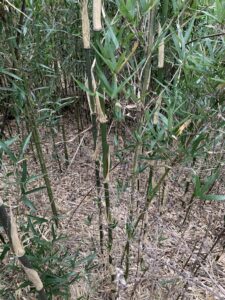
I set out to learn everything I could about giant river cane, scouring the internet top to bottom for every mention of the plant I could find. I was amazed by what I found. The moist, rich floodplains and stream banks of the southeastern USA were once occupied by thick forests of bamboo that could reach 40 feet tall, estimated to cover ten million acres. The evidence that they existed is everywhere. All throughout the Southeast, there are places with “cane” in the name; “canebrake” is a name for a rattlesnake in Georgia. In the famous song “Sixteen Tons,” Merle Travis sings: “I was raised in the canebrake by an ol’ mama lion.” In 1947 when the song was written, listeners knew what a canebrake was.
Why, then, is information about them so scarce? Why is the river cane itself so rare now? I thought. What happened to the bamboo forests, and why isn’t anyone talking about it?
I had developed a bond with the little canebrake on the vacant lot. I had cleaned up beer cans and vodka bottles from the ditch, pulled up wintercreeper and bush honeysuckle sprouts, and watched the activity of the birds flickering in and out of the dense cane, which seemed irresistible to them— I spotted more birds than I had seen anywhere else in the neighborhood, and saw birds’ nests constructed on the cane’s lingering dead twigs. Since the plant cannot self-pollinate, there must be another genetically distinct cane patch nearby for viable seeds to be produced, or else that lineage of cane will disappear forever.
The other half of the explanation lies in the colonization of North America by Europeans. When the United States was colonized, the fertile lowland areas where river cane grew were the first areas to be settled. The plant cannot recover from being grazed by cattle, and vanished from areas used as pasture. Most devastating of all, the river cane’s Native American caretakers were violently removed from the land, and the practice of maintaining the canebrakes disappeared.
Yes, while canebrakes are a natural, wild ecosystem, they were also maintained by humans. It turns out that the canebrakes are a fascinating example of how humans can form a mutualistic relationship with nature.
River cane is a fire-dependent species. Native Americans used controlled burns to manage a variety of habitats in North America. When a canebrake was burned, the canes above ground would be consumed by the fire, but the underground rhizome system would be unharmed. New canes would rapidly sprout, growing at a rate of up to 1.5 inches per day in the abundant sunlight and nutrients left after the fire.
The human benefits of river cane are incredible—river cane was used for everything by the Cherokee and other Native American nations. Lighter and stronger than wood, American bamboo could be woven into mats and waterproof double-woven baskets, crafted into fish traps and arrows, and used as a building material. The seeds and young shoots are even edible.
The predominant European intuition holds that interfering in nature for human benefit like this would create negative effects for other life forms, but the opposite is true. Researchers tell us that canebrakes are a major habitat of some of our rarest plant species, including Venus flytraps and other endangered carnivorous plants. They are excellent nesting sites for birds. The critically endangered red wolf and Florida panther once depended on the shelter provided by canebrakes. Cane is the host plant of as many as nine moth and butterfly species. Most strikingly of all, the Carolina parakeet, passenger pigeon, and Bachman’s warbler, now-extinct species of bird, have all been noted as depending on canebrakes.
There is little research on canebrakes, simply because there are almost no canebrakes left to study. Biologists now consider canebrakes to be a critically endangered ecosystem, if they still exist at all—the remaining patches of river cane are rarely larger than an acre.
If almost no forests or prairies remained that were bigger than a spacious backyard, a whole ecosystem would be considered virtually extinct. This is the situation with one of the USA’s most unique, exotic ecosystems—bamboo forests that once teemed with carnivorous plants, bright parakeets, panthers and wolves. Where river cane remains, it is mostly in clumps between fences and roadsides, or shrubby bits of undergrowth in damp wooded areas, scrawny stems that can easily be mistaken at a distance for willow. These remnants are widespread throughout Kentucky, on roadsides, in ditches, at the edges of creeks. Rarely exceeding 10 feet tall, they are shadows of what the river cane used to be.
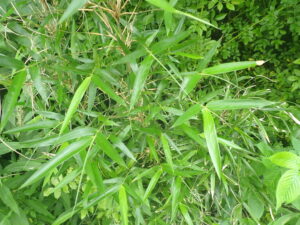
One such small patch of river cane grows on the land occupied by the Berea College Forest. In February 2023, the Forestry Outreach Center will be experimenting with transplanting river cane to the site, in hopes that it will one day become a healthy, restored canebrake. Not only would this allow people to experience North America’s lost biome, it could provide an opportunity for research into the incredible properties of river cane for preserving our planet.
A few devoted researchers have studied the few remaining patches of canebrake to investigate the properties of river cane, and their discoveries are stunning. River cane is a miracle plant for protecting waterways and filtering pollution—one study shows it reducing groundwater nitrate pollutants by 99%, with similar results for sediment and other pollutants. Along streambanks where it remains, its powerful anti-erosion capabilities are apparent; the small patch of rivercane at the Forestry Outreach Center forms an eighteen-inch shelf of thickly woven rhizomes over a flowing stream, stopping the bank from collapsing.
But that’s not all—a river cane colony, once it is strong and established, is competitive against our worst invasive species. It dominates wintercreeper and competes equally with kudzu and bush honeysuckle. Future research might include planting river cane in areas plagued by invasive species and evaluating its potential as a weapon in the fight against our most destructive invaders.
Arundinaria bamboo was once a crucial component of ecosystems in the Southeast. River cane could be described as a keystone species—a species that has disproportionate impact on the ecosystem it belongs to. Restoring a keystone species can heal parts of an ecosystem that appear unrelated to it, bringing unanticipated benefits. River cane also happens to be useful, culturally significant, and undeniably charismatic. 2023 will be an exciting year for learning about this fascinating plant and setting the stage for future restoration and research. Possibly, it could be the year where the fate of the canebrakes finally begins to turn backward.
Do you think you’ve seen river cane? Tips for distinguishing river cane from invasive bamboos can be found here. https://conservingcarolina.org/wp-content/uploads/2021/06/How-to-Identify-Native-Rivercane-Arundinaria-gigantea-vs.-Invasive-Asian-Bamboo.pdf If you know of a place with a possible river cane population, you can upload photos to iNaturalist to identify it and to have the observation included in the Kentucky River Cane Census, a project started by the Forestry Outreach Center to document river cane in the state: https://www.inaturalist.org/projects/ky-river-cane-census
Interested in river cane restoration, either by restoring river cane to your own property, or providing transplants for the ongoing restoration at the Forestry Outreach Center? Contact Abigail Kingston with the Tiny Forest project at abigail.kingston@vikings.berry.edu and check our Facebook and website for upcoming meetings!
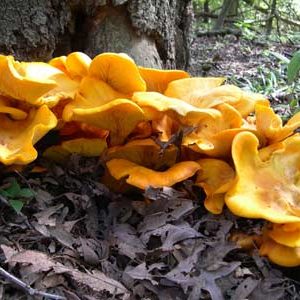
A Nature of Caretaking
A Nature of Caretaking
by Abigail Kingston
In an ecosystem, almost every organism depends on every other in some way for survival. However, the concept of symbiosis is taught to us in school like it’s a specific, situational partnerships where two organisms turn from the usual path of competing for resources or trying to eat each other and offer each other some kind of benefit, as with clown fish and sea anemones. Otherwise, ecosystems are made of organisms all looking out for their own interests, and sometimes “taking advantage of” or “utilizing” opportunities created by other organisms.
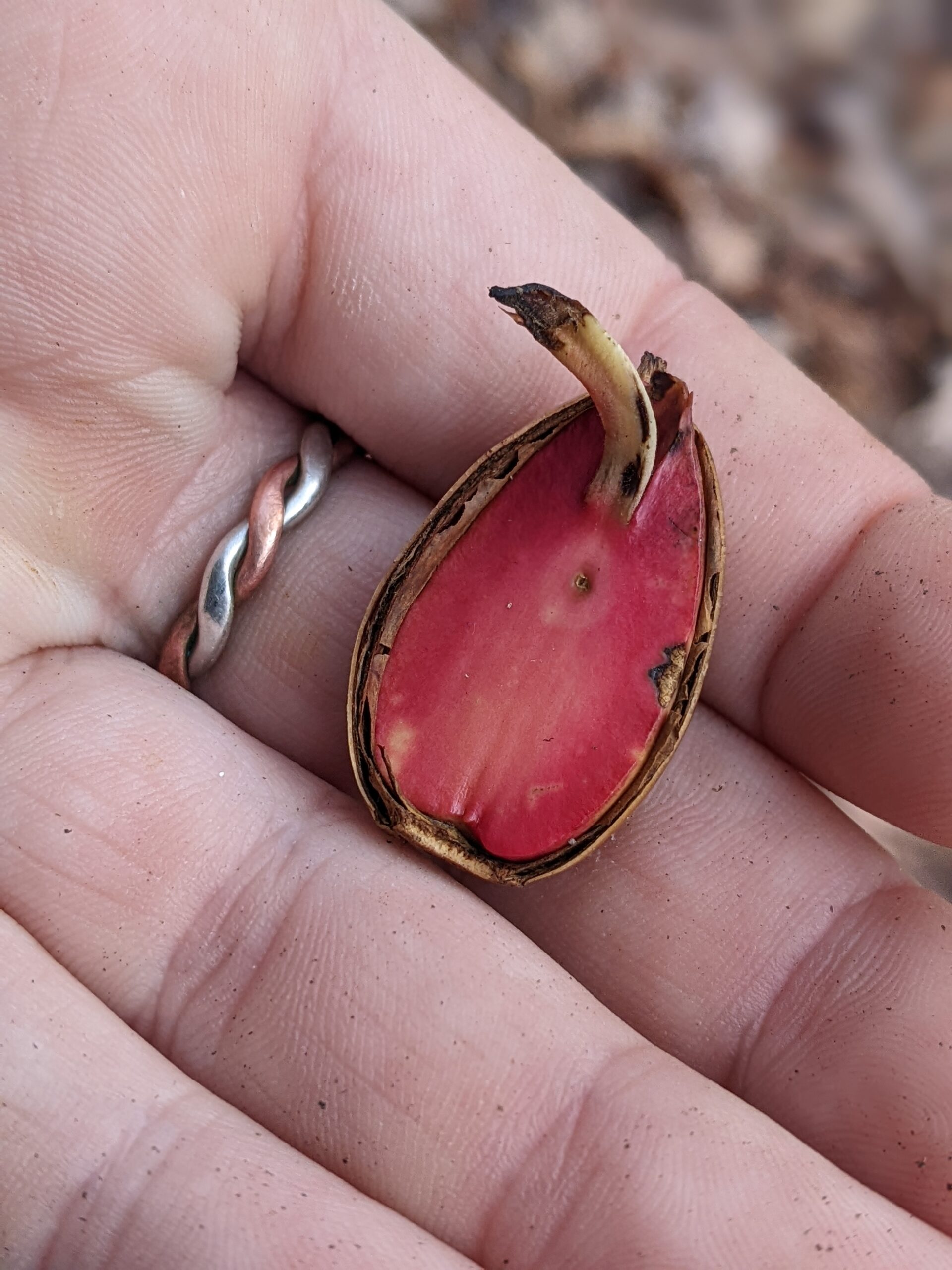
In 2023, Let’s Rediscover the Natural World through Curiosity
written by Abigail Kingston
In a world suffering from the effects of colonization, profit-driven destruction of natural environments, and industrialization, humans are becoming more and more alienated from the natural world.
When you think of “nature,” what do you envision?
Read more “In 2023, Let’s Rediscover the Natural World through Curiosity”
